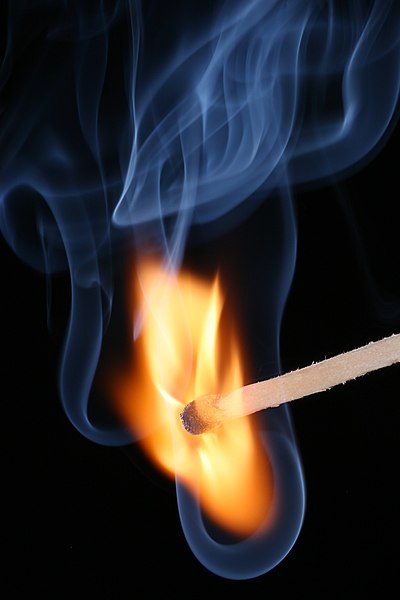 |
| Photo Credit: Sebastian Ritter |
1973 Report of the President's Commission on Fire Prevention and Control "In pursuit of answers, the Commission has held hearings in five widely scattered cities, heard the testimony of more than 100 witnesses filling thousands of pages of transcript, and spent countless hours learning and deliberating in both formal and informal sessions.”
"In addition, special studies have been prepared by Commission staff and by a dozen experts from government and private groups exploring particular problems and their alternative solutions. Over 130 position papers were filed with the Commission advocating different approaches to the fire problem."
Fire and the Built Environment in Chapters 8-12 of the America Burning report notes fire hazards of Flammable Fabrics, Fireworks, Transport of Hazardous Materials, Aircraft Fire Safety, Marine Fire Safety, Motor Vehicle Safety, and Railroad Transportation Fire Safety. In contrast, combustible dust fire and explosion hazards were excluded from the report.
Fifteen years later, in 1987 a national workshop was held in Virginia on America Burning Revisited where again no reference to combustible dust fire and explosion hazards in the built environment. Ironically the OSHA Grain Handling Facilities Final Rule was published fours weeks after the national workshop on December 31, 1987.
Why is there a national disconnect between combustible dust related fires and catastrophic dust explosions? Eliminating combustible dust related fire hazards (heat, fuel, or oxygen) prevents a catastrophic combustible dust explosion or flash fire from even occurring. All five of the catastrophic combustible dust explosions the U.S. Chemical Safety Board (CSB) completed accident investigations on had a history of "near miss" non-consequential combustible dust related fires.










 RSS Feed Subscribe
RSS Feed Subscribe